Small molecule targets cause of adult onset muscular dystrophy
April 9, 2019
Small molecule targets cause of adult onset muscular dystrophy
At a Glance
- Researchers developed a small molecule that, in mice, blocks the mutated RNA responsible for adult onset muscular dystrophy.
- The findings suggest a new avenue to develop therapeutics for this condition.

Muscular dystrophy includes over 30 inheritable diseases. These are characterized by progressive weakness and degeneration of the muscles. Some types of muscular dystrophy appear in childhood, while others may not appear until adulthood.
Myotonic dystrophy is the most common form of adult onset muscular dystrophy. People with this disorder experience a delay in relaxing their muscles after using them. Type 1 usually affects the lower legs, hands, neck, and face; whereas, type 2 typically affects the neck, shoulders, elbows, and hips. They are caused by mutations in different genes.
Type 1 is caused by a mutation in the dystrophia myotonica protein kinase (DMPK) gene. This mutation causes three nucleotides, CTG, to repeat multiple times in the gene’s DNA. Most people have between 5 to 34 CTG repeats in this gene; however, people with type 1 myotonic dystrophy have from 50 to 5,000.
These extra repeats result in a toxic messenger RNA (mRNA) that traps proteins and forms clumps within cells. This interferes with many important proteins that regulate muscle gene products, leading to serious defects in the muscle cells.
To test whether a small molecule could target the altered RNA and block it from trapping proteins, a team led by Dr. Matthew Disney at Scripps Research Institute carried out experiments in muscle cells taken from patients with myotonic dystrophy type 1 and a mouse model of the disease. The research was supported in part by NIH’s National Institute of Neurological Disorders and Stroke (NINDS) and an NIH Director’s Pioneer Award. Results were published online on March 29, 2019, in the Proceedings of the National Academies.
The researchers designed a small molecule to specifically target the altered RNA’s 3D structure, which folds into a hairpin shape. They first tested its activity in cells taken from patients with myotonic dystrophy. The molecule, called Cugamycin, cleaved 40% of the DMPK mRNA in cells taken from patients, but not in healthy control cells. It also reduced the mRNA's binding to MBNL1, an important protein it commonly traps, by about 30%.
The team then tested the molecule in a mouse model of myotonic dystrophy type 1 that has 250 CTG repeats. Mice were treated with Cugamycin every other day for one week. Treated mice showed 40% less of the mutated mRNA in their lower leg muscles than untreated mice. They also showed partial improvement in their ability to relax their lower leg muscles.
The toxic mRNA from the mutated DMPK gene alters the expression of 326 genes in this mouse model. Cugamycin treatment restored the normal expression of 177 of these. In an analysis of more than 15,000 other genes, the researchers found no off-target effects.
“The results suggest that our technology can be used to treat myotonic dystrophy type 1 and similar categories of inherited diseases, and without unintended, off-target effects,” Disney says.
These findings demonstrate that small molecules can be designed to selectively target and destroy mutated RNA molecules that cause human disease. However, more studies are needed before this molecule could be tested in people.
—by Tianna Hicklin, Ph.D.
Related Links
- Gene Editing Improves Muscle in Mice with Muscular Dystrophy
- Gene Therapy Treats Muscular Dystrophy in Dogs
- Muscular Dystrophy Information Page
- Muscular Dystrophy
- DMPK gene
References
Precise small-molecule cleavage of an r(CUG) repeat expansion in a myotonic dystrophy mouse model. Angelbello AJ, Rzuczek SG, Mckee KK, Chen JL, Olafson H, Cameron MD, Moss WN, Wang ET, Disney MD. Proc Natl Acad Sci U S A. 2019 Mar 29. pii: 201901484. doi: 10.1073/pnas.1901484116. [Epub ahead of print]. PMID: 30926669.
Funding
NIH’s National Institute of Neurological Disorders and Stroke (NINDS) and NIH Director’s Pioneer Award; Muscular Dystrophy Association; and Myotonic Dystrophy Foundation.


